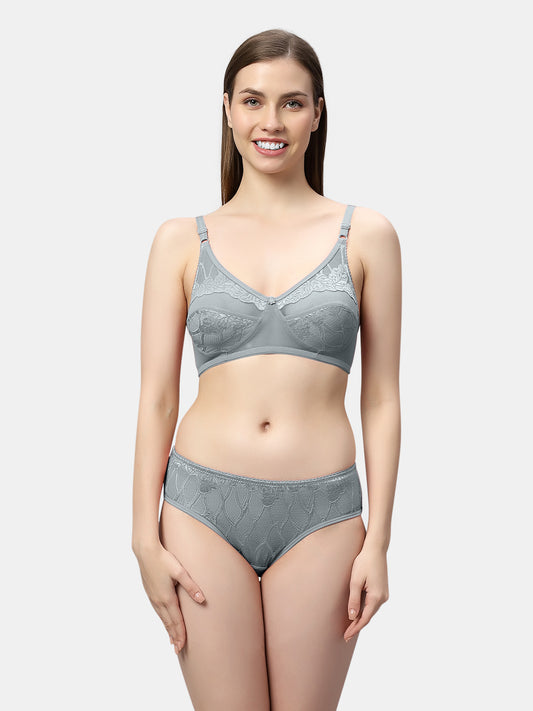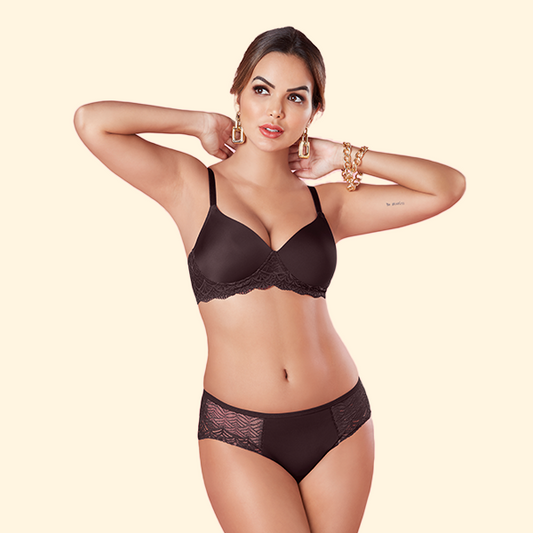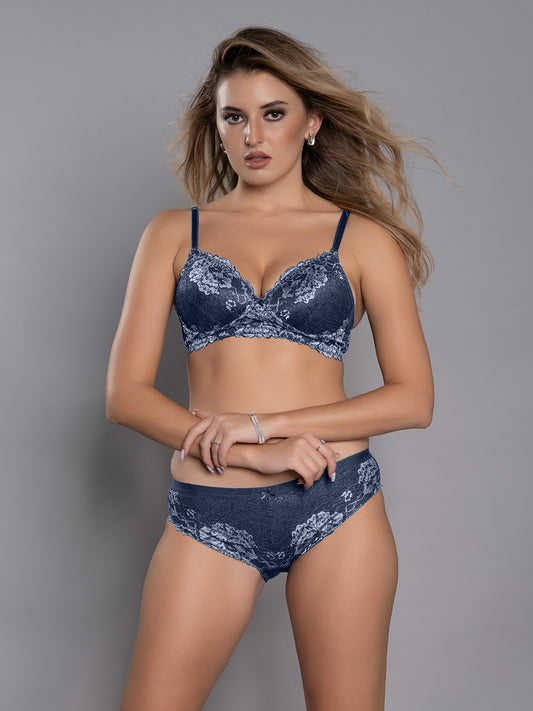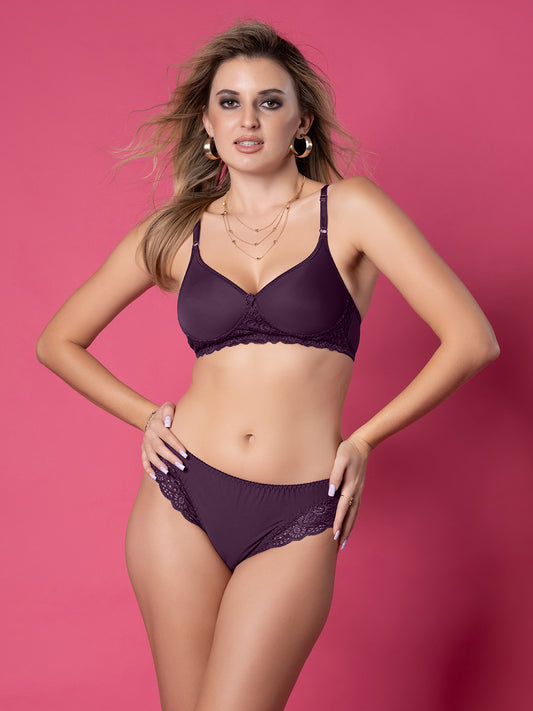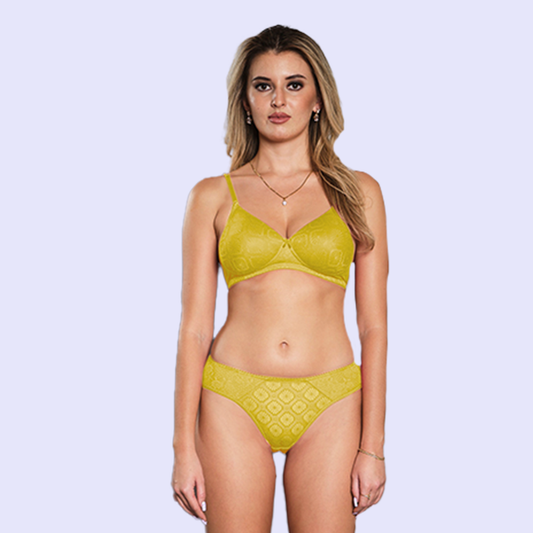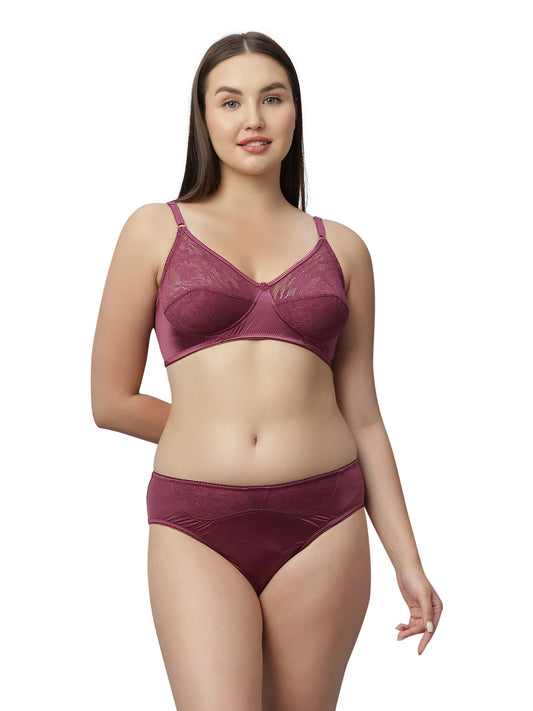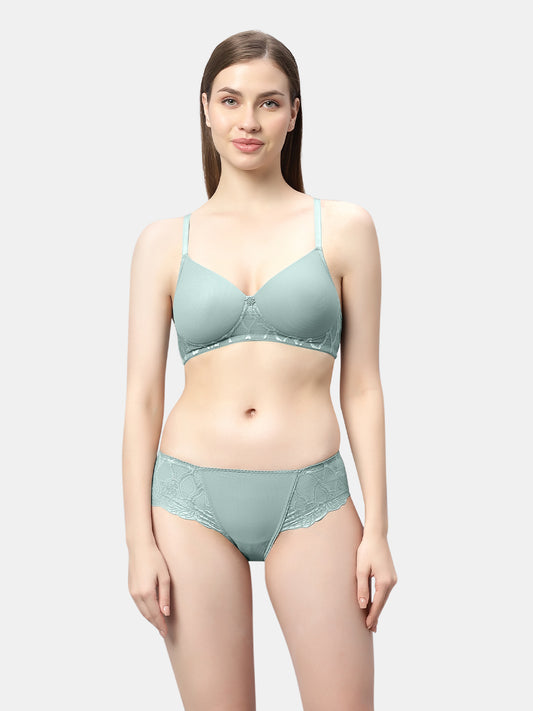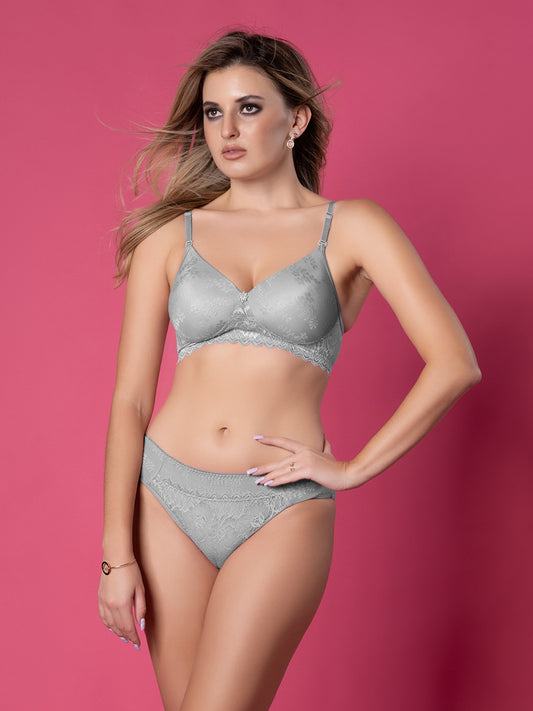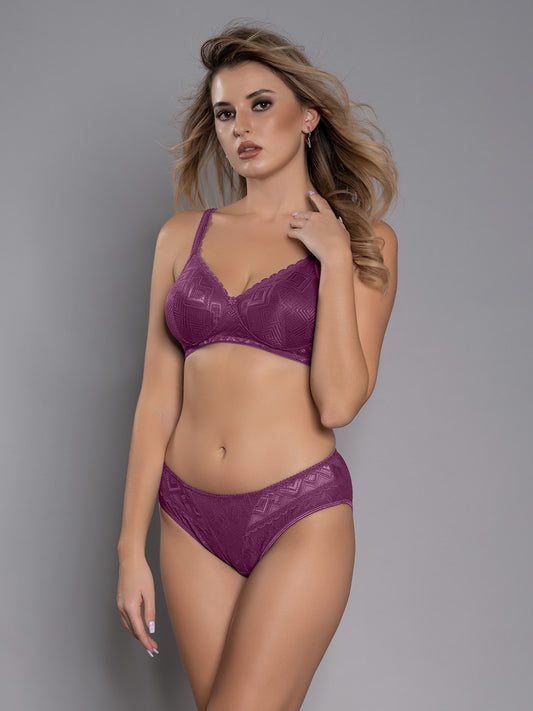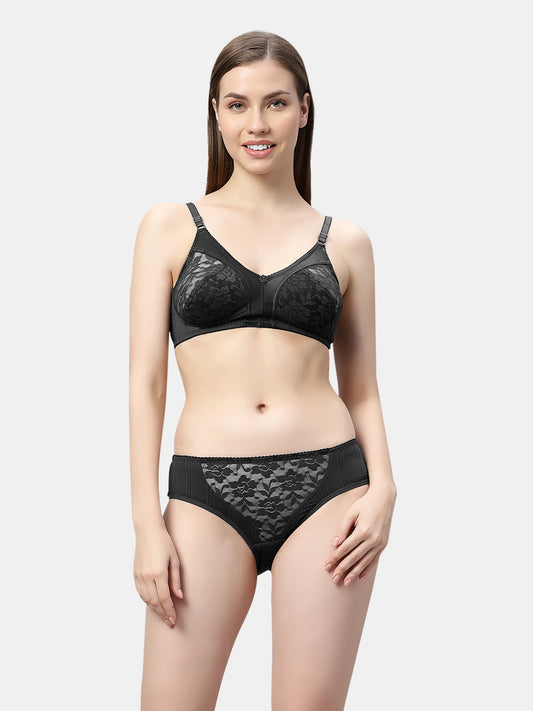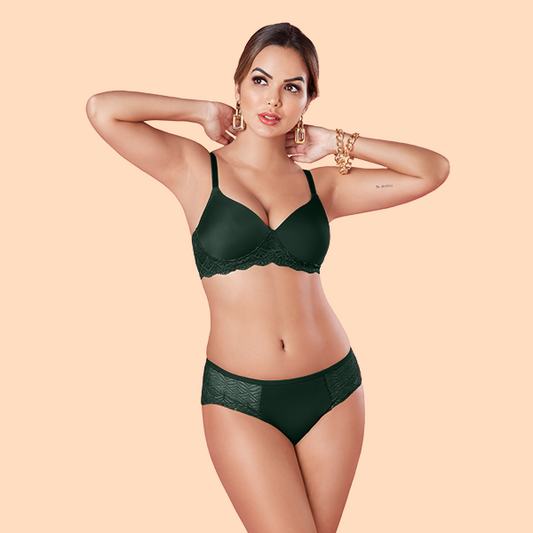Comfortable bras are often missing from the dictionary of women’s innerwear. There’s a common misconception that bras are primarily fashion garments rather than essential wear. But what if we told you that the bra you’re wearing can actually make or break your bust posture? While there’s no solid scientific evidence proving that bras can change your breast size or prevent sagging, several studies point to how wearing the wrong bra — especially for bigger cup sizes — can lead to severe back pain or, in medical terms, musculoskeletal pain.
This National Doctor’s Day, we’ve delved deep into the research surrounding ill-fitting bras. According to studies published on PubMed, “Ill-fitting bras and insufficient breast support can lead to the development of musculoskeletal pain and inhibit women from participating in physical activity.”
Here’s a summary of one such study:
- 85% of participants were wearing ill-fitting bras, even after using self-sizing tools or measurement systems.
- Trying on multiple bras didn’t improve accuracy; most women still struggled to find the correct fit unaided.
- Women with larger busts (D cup and above) are more prone to discomfort and incorrect sizing.
So, are bras just fashion garments?
Let’s bust that myth. A bra’s main function is to support the structure of the breasts and distribute their weight evenly. While comfortable bras come in stylish, lacy, and designer forms, their purpose remains unchanged. Many women experience tension, stiffness, and discomfort due to the wrong bra size. For women with larger busts, tight-fitting bras can negatively impact ribcage health and cause back or neck pain. Loose bras, on the other hand, can result in poor posture and lack of support.
To prevent these issues, it’s important to understand how different bra features affect breast support:
- Band: About 80% of a bra’s support comes from the back band. It should feel firm and secure — never too tight or loose.
- Wires: Underwires must sit on the rib cage, not on breast tissue, for proper support and comfort.
- Cups: Cups should fully contain the breasts without spillage or gaping. A smooth, full fit indicates the right size.
- Straps: Straps offer around 10% of the support. They should not dig in or slip off. You should be able to slide two fingers comfortably underneath each strap.
- Bridge (Centre Gore): The bridge between the cups should lie flat on your chest for an ideal fit.
How Good Bras Can Support You
Comfort should always be a priority and brands like Sonari offer some of the most comfortable bras with premium quality, making them a worthwhile lingerie investment. Of course, the definition of comfort may vary from person to person, but this should never come at the cost of proper support. A well-fitted bra, based on the guidelines above, is essential.
At the core of any good bra lies breast support. A supportive bra helps reduce strain on your shoulders, neck, and back — and even improves posture. It also limits unwanted movement, especially during physical activity, so you can feel more secure and confident throughout the day.
Why Do Lingerie Brands Focus on Occasion Styles?
For active lifestyles, sports bras for women are a must. These are specifically designed to reduce breast movement during exercise. Whether you’re practicing yoga, running, or doing high-intensity workouts, the right sports bra can lessen discomfort and long-term sagging.
The best sports bras for such needs are high-impact bras, made to handle intense activity. These generally come in two types:
- Compression Bras: Press the breasts against the chest to reduce bounce. Known for secure, snug comfort.
- Encapsulation Bras: Support each breast separately, offering a more natural shape and considered as comfortable bras.
A common misconception is that only certain body types struggle with finding the right bra. But in reality, every woman deserves proper support, and that’s where plus size bras and full figure bras come into the picture. These are designed specifically for larger busts with features like wider bands, stronger underwires, and added support zones — all without compromising on style or comfort.
